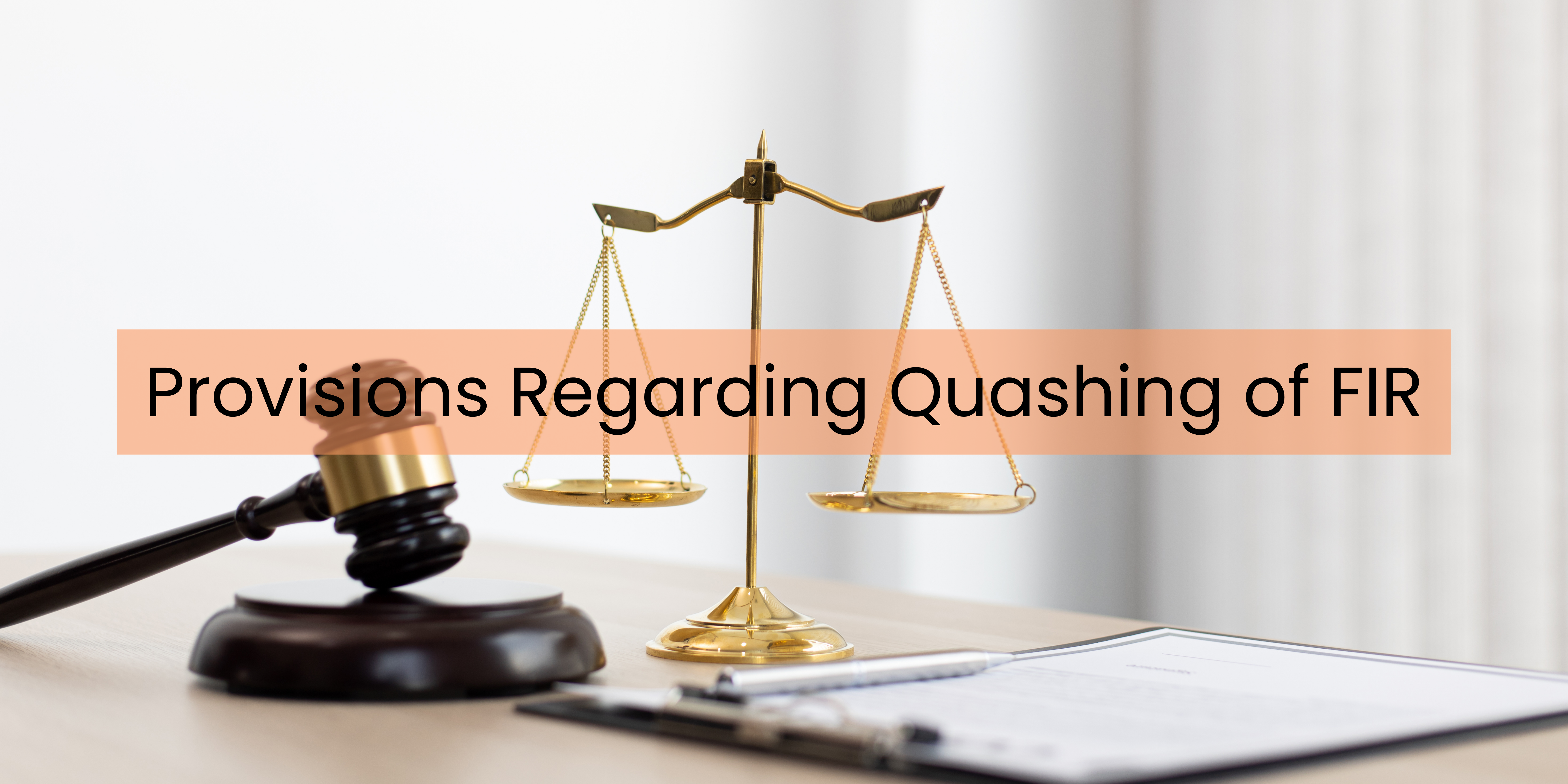
Understanding the legal landscape often begins with deciphering complex legal texts known as Bare Acts. These Acts serve as the foundational texts of laws and statutes passed by governing bodies. Yet, their intricate language and technical jargon can be daunting for law students and practitioners alike. In this guide, we’ll unravel the significance of Bare Acts, explore their types based on legislation and language, delve into their importance in legal education and judiciary exams, and discuss effective strategies for reading, memorizing, and making notes from these crucial documents.
What is a Bare Act?
When someone talks about referring to a section from the “Bare Act,” many wonder what it means. Simply put, a Bare Act is the written text of a specific law or statute passed by the government. It’s a replica of the original law available to the public. However, it’s mostly used by those in the legal field, like law students, professors, lawyers, and judges, because it contains legal language and terms that can be confusing.
Bare Act is the official, unedited text of a law passed by the government, like the Constitution, the Indian Penal Code, or the Motor Vehicles Act. It’s like the original recipe of a delicious dish, without the chef’s fancy commentary or garnish.
Why are Bare Acts Important?
Studying actual laws makes up a significant part of legal preparation, and Bare Acts represent these laws. They are fundamental in understanding legislation before delving into any legal subject. Understanding the text of the law itself is essential to comprehend its true meaning.
These legal maps aren’t just fun souvenirs. They’re essential for understanding how the law actually works. By studying Bare Acts, you learn the exact words and phrases used by lawmakers, giving you a deeper understanding of their intent and purpose. It’s like talking directly to the chef and learning their secret ingredients!
Types of Bare Acts
Bare Acts can be categorized based on legislation and language.
a) On the basis of legislation:
(i) Major Bare Acts: These cover important laws like the Criminal Procedure Code, Civil Procedure Code, Indian Penal Code, Indian Evidence Act, etc.
(ii) Minor Bare Acts: These include less prominent laws like the Indecent Representation of Women (Prohibition) Act, Protection of Women from Domestic Violence Act, etc.
(iii) Local Bare Acts: Laws specific to certain states, such as the Rajasthan Rent Control Act, Rajasthan Municipalities Act, etc.
b) On the basis of language:
(i) Mono-lingual Bare Acts: These are in English.
(ii) Bi-lingual Bare Acts: Printed in both English and Hindi or the regional language, depending on the state.

How to Read a Bare Act?
(i) Understand the Legislative Intent: Before delving into a Bare Act, it’s crucial to grasp why the law was framed. Understanding the purpose and scope of the legislation helps in comprehending its implications. The long title or preamble often outlines the objectives of the Act.
(ii) Interpretation and Definitions: Begin by examining the interpretation or definition clauses (typically found in Section 2 or 3 of the Act). These sections define key terms used in the Act, providing essential context for interpretation.
(iii) Literal Interpretation: A Bare Act contains the exact text of the law. Reading it literally means understanding the provisions as they are written. This approach involves interpreting the law in its plain and ordinary sense without implying additional meanings.
(iv) Breakdown Complex Sentences: Legal texts often contain lengthy and intricate sentences. Breaking these down into smaller parts and analyzing punctuation marks aids in comprehension. Patience and a slow, methodical reading approach are necessary for a better understanding.
(v) Understanding Connectors: Pay close attention to connectors such as “and,” “or,” “may,” “shall,” etc. These connectors play a significant role in determining the legal implications of a phrase or provision.
(vi) Referring Related Texts: Consult reference books, commentaries, precedents, and other related texts to gain a deeper understanding of the legislation. These additional resources complement the Bare Act, providing insights and clarifications.
Memorizing a Bare Act
(i) R-Cube Technique: Implement the “R-Cube technique” by setting a daily target to learn new sections while focusing on consistent revision. For instance, read a few sections daily and revise three times that number to reinforce retention.
(ii) Interlinking Sections: Connect sections from different laws together to aid in efficient memorization. Associating related sections helps in remembering and understanding the legal framework as a whole.
(iii) Developing Mnemonics: Create memory aids or shortcuts (mnemonics) for complex sections or legal concepts. These mnemonic devices can assist in recalling information during exams or while practicing law.
(iv) Routine Learning: Establish a structured routine for daily learning. Consistency in studying sections regularly helps in retaining information effectively.
Making Notes from a Bare Act
(i) Organizing Notes: Start by prioritizing topics, marking high-priority sections to study first and less critical ones for later. Use techniques like the “Bare-tick” method for effective note-taking.
(ii) Bare-tick Technique: Use color codes such as red for frequently asked sections, green for important conceptual sections, and black for other crucial but less prominent sections. This method facilitates easier revision and highlights essential content.
By employing these detailed strategies, individuals studying legal texts can enhance their comprehension, retention, and organization of information from Bare Acts, thereby strengthening their grasp of legal principles and facilitating more effective exam preparation.
Conclusion:
A Bare Act is a valuable tool in a legal career. Understanding, memorizing, and making notes from Bare Acts using specific techniques can significantly enhance legal knowledge and aid in examinations and legal practice.
Also Read: 9 Tricks to Memorize Bare Act Sections Easily for LLB/Law Students


